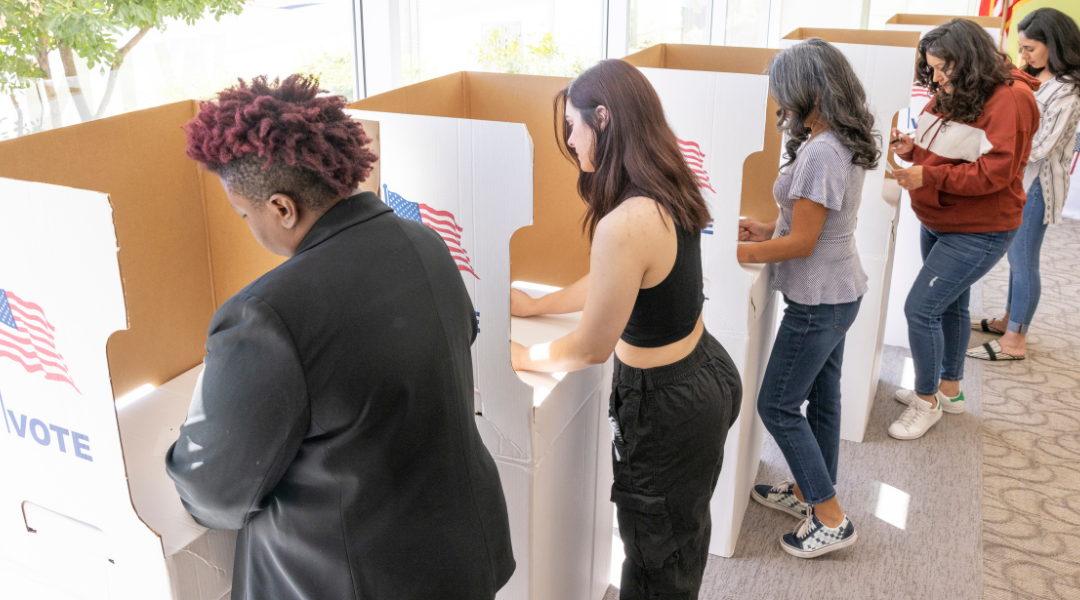The drowning season is off to a deadly start with Memorial Day Weekend just days away. Already this month, Cook Children's reports two children have died in swimming pools. Five others were admitted to the medical center for drowning in pools this year, and thankfully all survived.
Water safety advocates urge parents to stay vigilant to protect their children over Memorial Day Weekend and throughout the summer as backyard pool parties start happening again.
People are excited to socialize in person as coronavirus restrictions ease up — but they must still keep close watch on the kids in the swimming pool. Drownings can occur even with many adults present.
“Everyone is so eager to get back into a normal routine and have those gatherings as COVID-19 decreases,” said Dana Walraven, manager of community health outreach for the Center for Children’s Health, led by Cook Children’s. “We’re just hoping for a heightened sense of awareness. When people are so happy to get back together, there may be distractions.”
In 2019, prior to the pandemic, the number of drowning admissions at Cook Children’s hit 71. Seven of those patients died. By comparison in 2020, there were 48 drownings seen at the medical center, three fatal. Those statics include drownings in bathtubs and open water, such as lakes; the majority, however, occurred in swimming pools.
2020’s decline in drownings came as a happy surprise to those who work to prevent injuries and deaths due to accidents in the water. One possible explanation? Last summer’s social distancing kept many families and friends from meeting up in big groups. Those big gatherings tend to be occasions when everyone assumes someone else is supervising the swimmers.
Sharon Evans, trauma injury prevention coordinator at Cook Children’s, encourages adults to take turns as designated watchers, fully attentive and within arm’s reach of kids in the pool. Designated watchers can spot trouble before it turns into tragedy.
“They don’t talk, they don’t drink, they don’t look at their phones,” Evans said. “You have to have that person in charge of watching. That is your job for 10-15 minutes, then you pass it off.”
Evans said drowning cases typically ramp up starting on Memorial Day. The age group most susceptible to drowning in pools is 1- to 4-year-olds. Precautions should be taken as well for older kids, even if they’re strong swimmers.
Drownings can happen silently and swiftly. A submerged person might not attract attention or appear to be in danger.
“It’s not like it is in the movies where they’re thrashing around and yelling for help,” Evans said. “In real life it almost looks like they’re climbing a ladder underwater, and if they can get their head above water, they just get a breath.”
“Lifeguard Your Child,” a drowning prevention campaign created by Cook Children’s, aims to get the message out through a regional collaboration of partners from eight counties across North Texas. The coalition includes school districts, police and fire departments, pool builders and swim lesson providers such as the YMCA. “Lifeguard Your Child’ promotes safety strategies through its website, videos, online classes and social media.
“The biggest piece we’re trying to do is have parents think about water safety and drowning prevention all year long,’’ Walraven said.
Campaign partners came up with new methods to reach their audiences during the COVID lockdown. Those efforts included a shift to greater virtual education. And in spite of the pandemic, “Lifeguard Your Child” reached 6,950 adults and children with educational toolkits between October 2019 and September 2020.
Highlights for drowning prevention include:
- Young children should know to never get in the water unless an adult is within reach and watching. Learn to swim and swim with a buddy.
- Teens should be alert for hazards lurking in murky lake water. No horseplay or risky stunts. Wear U.S.C.G. approved life jackets.
- Caregivers should create barriers to the pool, such as four-sided fencing. Don’t lose track of the kids during the transition from swimming to the next activity (a trip inside to the bathroom, loading the car etc.). Hospital admissions data increasingly show that drownings tend to occur during these unplanned situations “when one child goes back for a toy, or a child wants to jump in one more time,” Walraven said.
In addition to the education component, “Lifeguard Your Child” has distributed 1,296 life jackets this year in drive-through events and through six loaner stations at area lakes. The program recommends only those life jackets approved by the U.S. Coast Guard. Proper fit is essential too.
For more information about steps to prevent drowning, go to www.lifeguardyourchild.org.
Learn more about the "Lifeguard Your Child" Campaign
Water safety is important at any age. When it comes to drowning, seconds count. It’s silent and can happen in an instant. Drowning is the leading cause of accidental death for children ages 1 to 4, and the second leading cause for kids 1-14 in Texas. But with your help, we can change that. Click here to learn more.
Please join us in our drowning prevention efforts. Together, we are asking everyone to Lifeguard Your Child around water. Click the below link to learn more about how to get involved or create an awareness campaign in your community. Click here to find out how you can get involved.





































